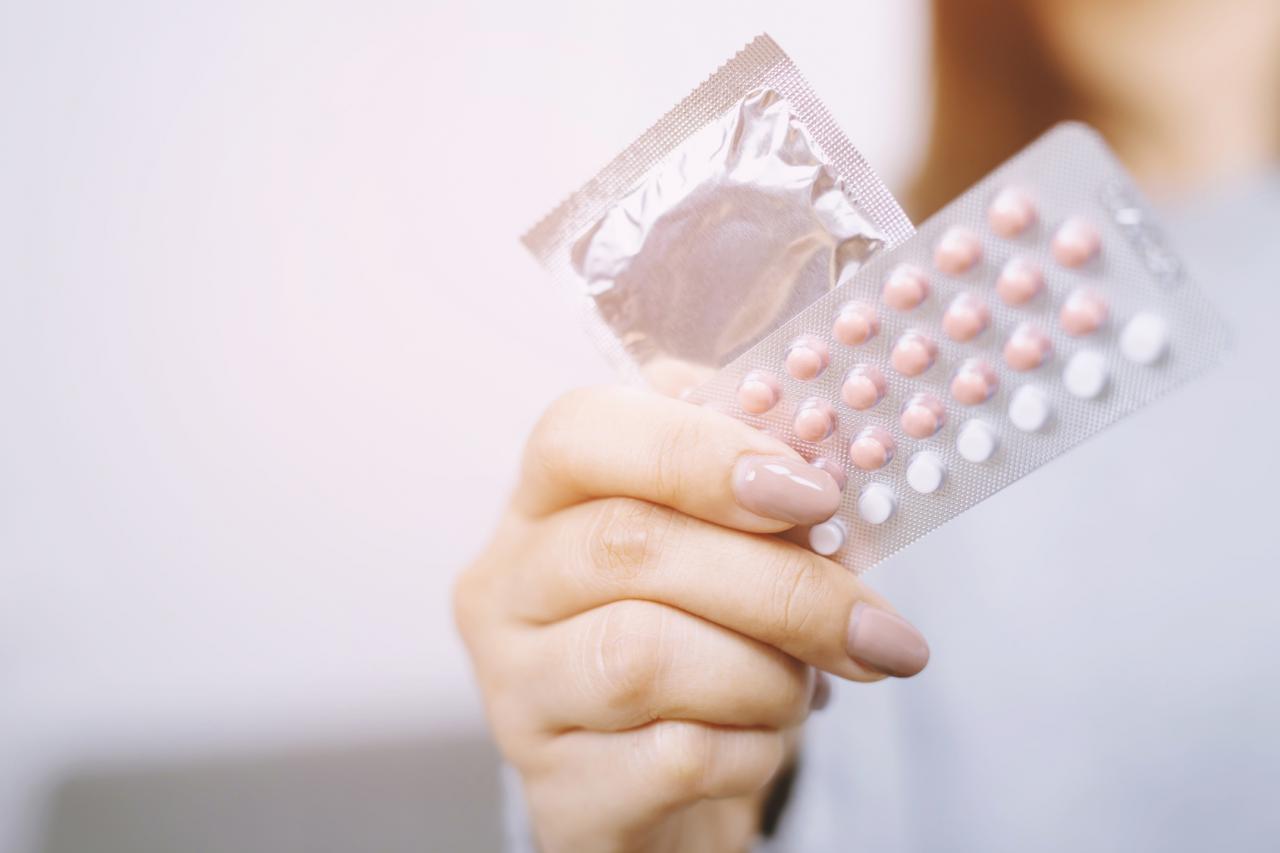After the removal of any breast lump (lumpectomy) and chemotherapy, doctors usually recommend radiation therapy. In short, radiation destroys any unseen breast cells that surgery might not have removed.
This is scary for some who confuse the types of radiation in bombs and nuclear reactors with the therapeutic radiation given in a controlled hospital setting. There is no connection between either of the two. Radiation in cancer treatment is highly-focused and subsequently more safe.
How Much Radiation is Needed?
How much radiation will be determined by:
The size of the cancerous area
The surgical margins of resection
The type of cancer and how aggressive it is
Whether lymph nodes are included
The kind of surgery performed
The overall doses to be administered will be broken down into daily doses called fractions. Smaller doses over a period of time are best because healthy cells suffer less damage this way. Further, it is very important that the patient is given the full treatment course planned. After the treatment ends, the patient will have to undergo regular diagnostic tests to check the treated areas since it’s not possible to tell if cancer cells are present by X-ray.
Simulation
Before actual radiation is administered, planning is needed. The planning sessions are called simulation because radiation is not actually given – just planned. Your oncologist or radiation technician needs to be sure that the radiation beam is angled perfectly. Therefore, the exact area of your body needing radiation is pin-pointed and marked beforehand. This includes positioning your body carefully and consistently to get the most out of your treatment. Ultimately, a second planning session is scheduled to confirm all settings.
What to Avoid
Your oncologist will advise that any antioxidant vitamins – vitamin C, A, D, and E – should be not be taken during radiation therapy. Simply put, these vitamins interfere with radiation’s ability to destroy the cancer cells as indicated by BreastCancer.org.
In conclusion, this is in no way an exhaustive article regarding radiation treatment, but only an overview. Please consult with your doctor and present any detailed questions to her or your medical team.
Resources: BreastCancer.org
Dita Faulkner is freelance writer that enjoys writing poetry. Please preview Red Toenails at: http://www.lulu.com/product/paperback/red-toenails/6181258?productTrackingContext=search_results/search_shelf/center/1





Add a CommentComments
There are no comments yet. Be the first one and get the conversation started!